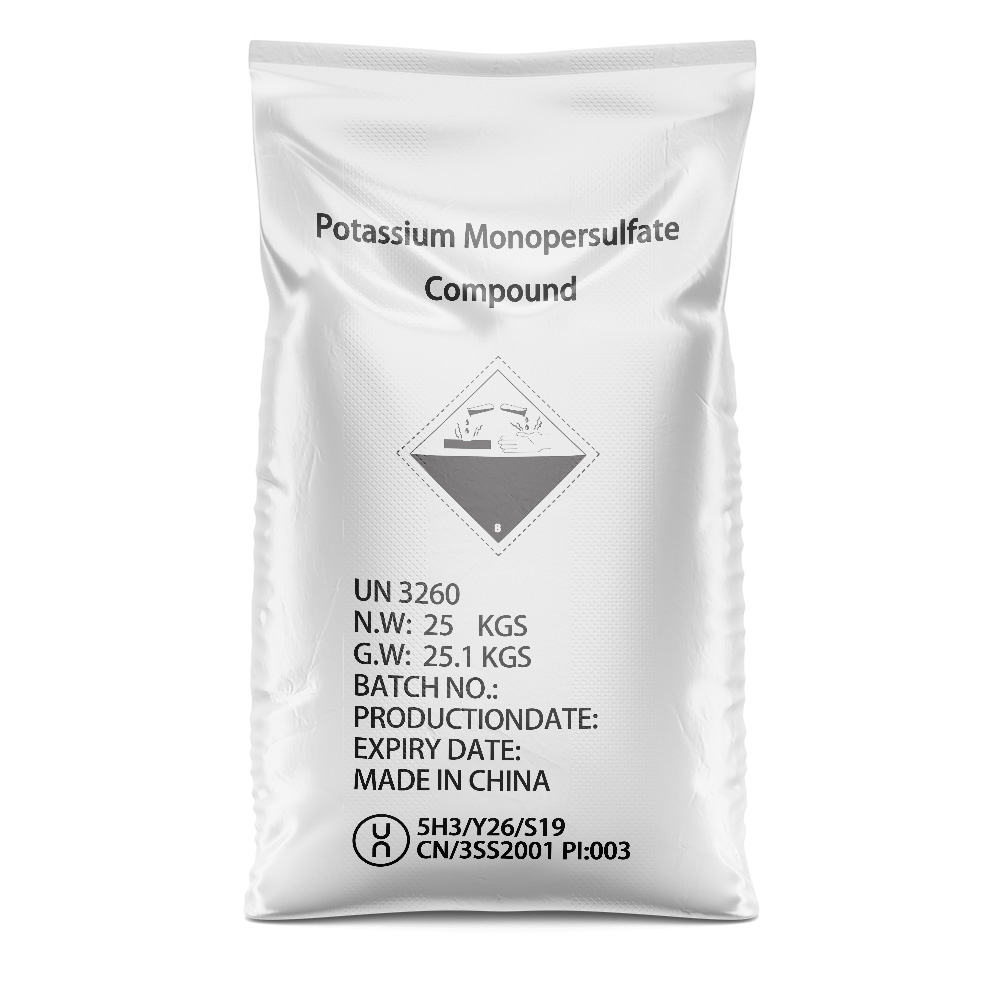



mono ammonium phosphate composition
The Composition and Importance of Monoammonium Phosphate
Monoammonium phosphate (MAP) is a nutrient-rich compound that plays a crucial role in agricultural practices and soil fertility. With the chemical formula NH4H2PO4, it consists of ammonium (NH4+) and phosphate (H2PO4-) ions. As a water-soluble fertilizer, MAP is frequently used in farming and gardening to promote plant growth and enhance crop yields.
Composition of Monoammonium Phosphate
MAP is composed of approximately 11% nitrogen (N) and 48% phosphorus pentoxide (P2O5). This makes it a valuable source of both essential macronutrients. The nitrogen component, in the form of ammonium, is readily available for uptake by plants, contributing to protein synthesis and overall plant vigor. The phosphorous component plays a pivotal role in energy transfer, root development, and the synthesis of nucleic acids, which are vital for plant growth and reproduction.
One of the distinguishing characteristics of MAP is its ability to maintain a stable pH level in the soil environment. When applied, MAP slightly acidifies the soil, which can be beneficial for crops that thrive in lower pH conditions. This property also aids in the solubility and availability of other nutrients present in the soil, further enhancing its effectiveness as a fertilizer.
Application in Agriculture
mono ammonium phosphate composition

Monoammonium phosphate is commonly applied in various farming systems, including cereal crops, fruits, vegetables, and ornamental plants. Farmers often utilize MAP during the early stages of plant growth when the demand for phosphorus is particularly high. It can be applied through broadcasting, banding, or as part of foliar feeding strategies. The effectiveness of MAP lies in its ability to provide a quick nutrient boost, helping plants establish strong root systems and achieve optimal growth.
In addition to its use in traditional agriculture, MAP is also utilized in hydroponic systems, where soil is absent. In such scenarios, it contributes to nutrient solutions that are essential for plant growth, ensuring that all mineral nutrients are available in a water-soluble form.
Environmental Considerations
While MAP is an efficient source of nutrients, it is essential to apply it judiciously to minimize environmental impacts. Over-application can lead to nutrient runoff, contributing to water pollution and the proliferation of algal blooms in nearby water bodies. Consequently, farmers are encouraged to adopt soil testing and precision agriculture techniques to determine the exact nutrient needs of their crops, optimizing fertilizer use and minimizing waste.
Conclusion
In summary, monoammonium phosphate is a vital component of modern agriculture, providing essential nutrients required for plant growth and productivity. Its unique chemical composition, coupled with its versatility in application, makes it an invaluable resource for farmers seeking to enhance soil fertility and crop yields. As agricultural practices continue to evolve, the responsible use of MAP will be crucial in balancing the demand for food production with environmental sustainability. By harnessing the benefits of this nutrient-rich fertilizer while being mindful of its ecological footprint, we can support agricultural innovation and ensure a productive and sustainable future for farming.
-
Why Sodium Persulfate Is Everywhere NowNewsJul.07,2025
-
Why Polyacrylamide Is in High DemandNewsJul.07,2025
-
Understanding Paint Chemicals and Their ApplicationsNewsJul.07,2025
-
Smart Use Of Mining ChemicalsNewsJul.07,2025
-
Practical Uses of Potassium MonopersulfateNewsJul.07,2025
-
Agrochemicals In Real FarmingNewsJul.07,2025
-
Sodium Chlorite Hot UsesNewsJul.01,2025










